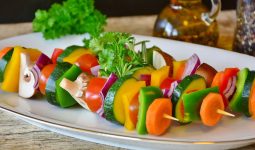There are several different types of Asian noodles you can try whenever you are on this beautiful continent.
Noodles from Asia are the ultimate comfort food. They’re filling, delectable, and adaptable.
You can use them in soups, salads, spring rolls, and other dishes. The manner of cooking will vary depending on the sort of Asian noodles you’re using.
Some rice noodles only need a brief soak in boiling water, while others aren’t even boiled.
Reading the directions on the package is your best bet. The type of noodle will also affect storage.
Dried noodles should be kept in a fantastic, dry location (your pantry).
Also, fresh noodles should be stored in their container, refrigerated, and consumed within a few days of purchase.
Furthermore, each noodle has its shape, flavor, and texture. Continue reading this article to learn more about the different types of Asian noodles you should know.
1. Ramen
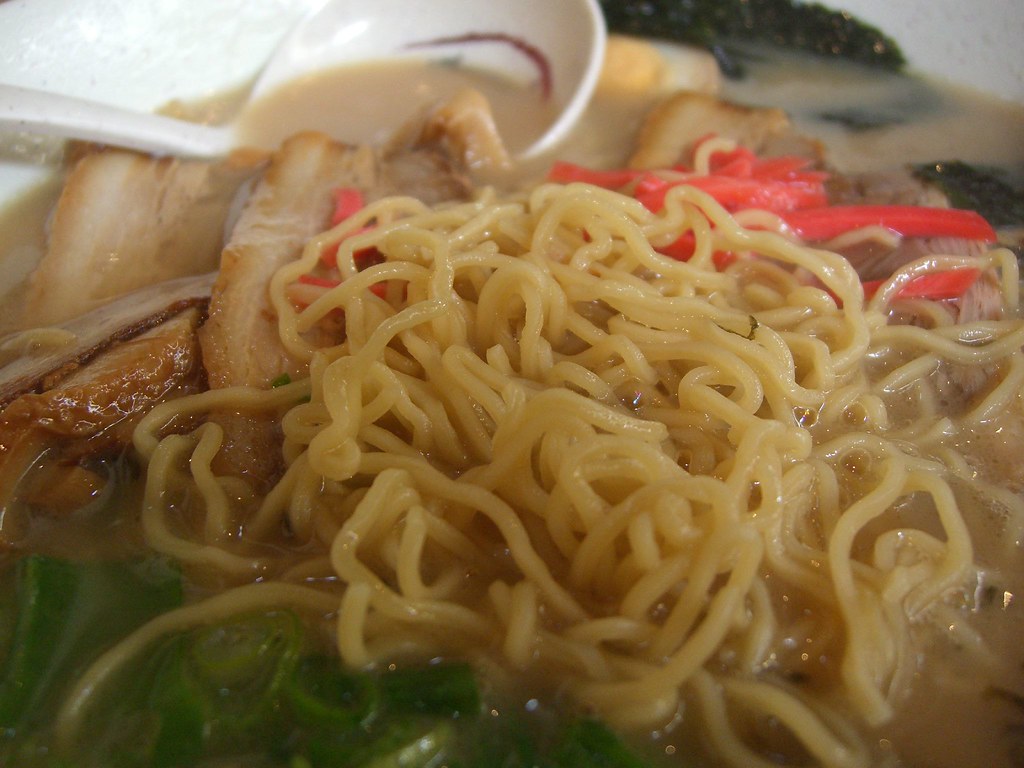
Ramen is one of the most common types of Asian noodles, and it can be found in most grocery stores.
The noodles, made from water, salt, wheat flour, and kansui (alkaline water), are fried, desiccated, and molded into blocks before being packaged.
Seasoning packets such as chicken, beef, soy sauce, and shrimp are included to make a flavorful broth.
In Japan, ramen establishments specialize in serving these delectable bowls of noodles.
Boiled eggs, bean sprouts, seaweed, and sliced pork are among the toppings available for these bowls.
2. Cellophane

Glass noodles, called cellophane noodles, are transparent noodles manufactured from several starches and water.
Potato, mung bean, and tapioca starches make cellophane noodles.
Cellophane noodles are sold in dried quantities and must be soaked in warm water for 15 minutes before cooking.
Moreover, on their own, glass noodles don’t have any flavor. Instead, they absorb the flavors of the cooked food, making them an ideal addition to a saucy stir fry.
3. Rice Noodles

Rice noodles are white while uncooked and somewhat transparent when cooked, making them one of the most well-known and recognizable Asian noodles.
They resemble Italian linguine at times, but depending on the recipe, they can also be significant, flat rectangles.
They’re created from rice flour and water, so the ingredients are essential but necessary in classic Thai recipes like pad thai and stir-fries.
4. Lo Mein
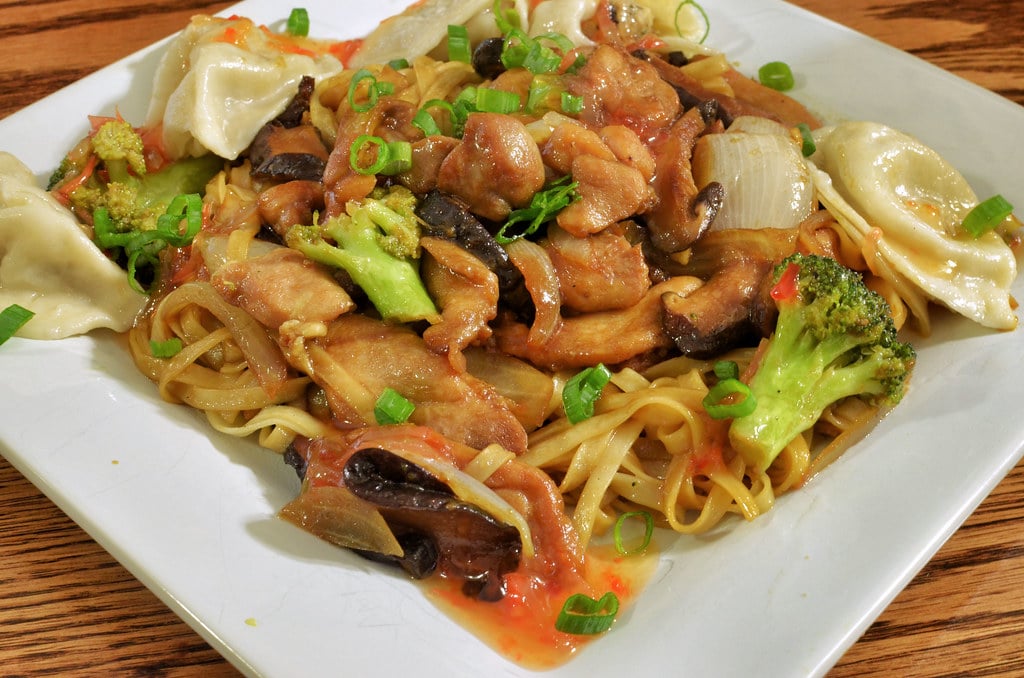
Lo mein is a well-known dish That can be found in any Chinese restaurant, regardless of how authentic or Americanized it is.
Because the noodles are eggs, eggs are the most crucial element in this pasta.
They’re chewier than rice noodles and appear in meals like lo mein, garlic noodles, stir-fries, and various Italian pasta recipes.
Furthermore, Egg noodles are made from a simple flour, salt, and egg mixture. The inclusion of eggs gives the noodles their rich flavor and yellow hue.
Also, their thick form and chewy texture add heartiness to recipes, and they’re traditionally offered in a vast, loose corkscrew spiral.
Beef stroganoff, chicken noodle soup, and tuna noodle casserole are good options.
5. Chow Mein
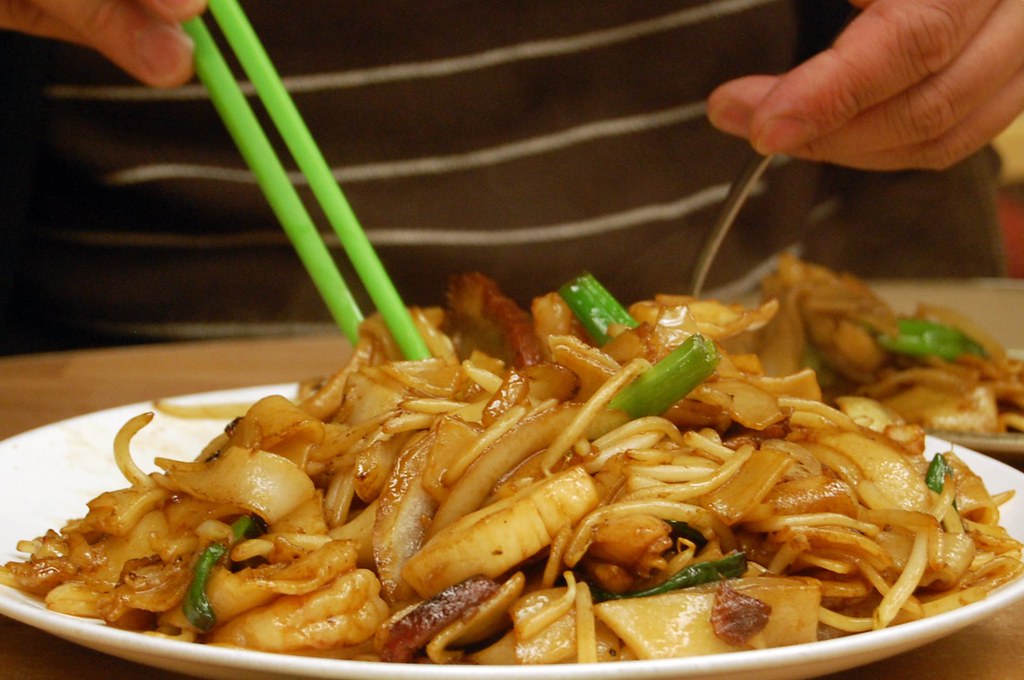
In Chinese, chow mein means stir-fried noodles. Chow mein, like lo mein, is a traditional Chinese cuisine that consists of soft noodles with meat and veggies. Chow mein can also be ordered crispy.
These crunchy noodles are delicious, sprinkled over salads, eaten alone, or even turned into sweets!
Combine chow mein noodles, butterscotch morsels, and peanut butter to make haystack candy. Chow mein is one type of Asian noodle.
6. Udon
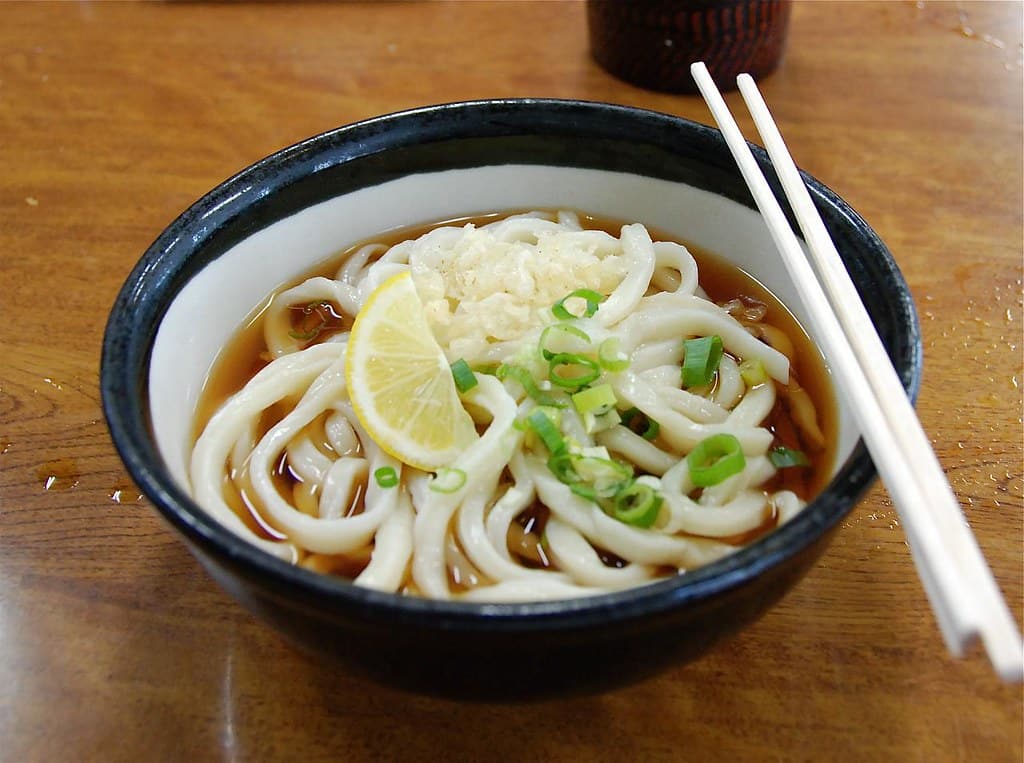
Udon is a thick white noodle composed chiefly of wheat flour. In Japan, these light-flavored noodles are a comfort food staple that you may find in various hot and cold cuisines.
A delicious broth, meat, and vegetables are topped with thinly sliced fish cakes and a raw or cooked egg in a hot udon soup.
Also, toss udon noodles with cilantro, garlic, veggies, and an oil-based vinaigrette to make a delightful chilled salad.
7. Rice Vermicelli
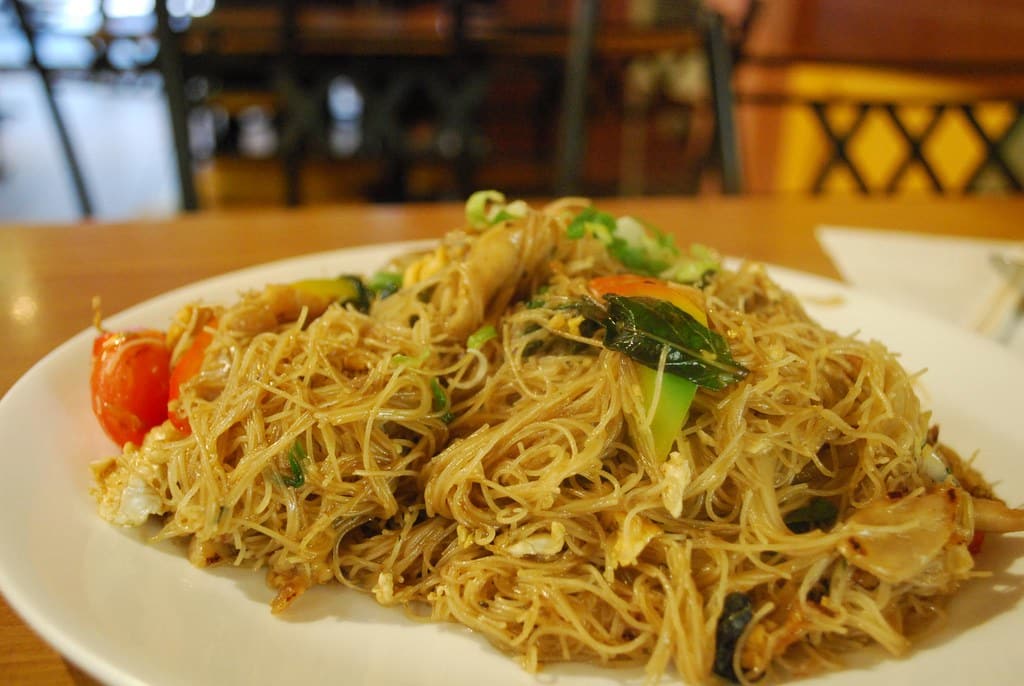
Rice vermicelli is one of the different types of Asian rice noodles that differs significantly from other rice noodle types.
Vermicelli is used in fried rice noodles, Guilin breakfast porridge noodles, and Vietnamese meals and appears like white spaghetti or magnificent strands.
8. La Mian

La Mian is a Chinese noodle known for its stretching and folding process, which determines the number and length of noodles.
Also, after questioning how to learn to fold them, I discovered this procedure is closely guarded and only taught in elite Chinese culinary schools!
Apart from the chef’s abilities, this style of Asian noodle is incredibly excellent and tastes nothing like machine-cut noodles.
9. Soba

Traditional Japanese soba noodles are produced from buckwheat, which may give the impression that they contain gluten, although they don’t.
Some types, however, include wheat, which persons with dietary intolerances should be aware of, and buckwheat is a known allergy for some people.
Also, Soba noodles can be served hot or cold, and numerous methods exist to prepare them.
One option is a stir-fry, such as a spicy peanut soba noodle bowl or soba noodles with broccolini and mushrooms.
Cold dishes include a peanut and soba noodle salad and soba noodles, which resemble long lengths of brown spaghetti and have a nutty, robust flavor (via Insider).
Also, as earlier said, Soba noodles, like rice noodles, are gluten-free. Soba contains antioxidant-rich buckwheat flour for a distinct, earthy flavor.
Look for at least 70% buckwheat on the nutrition label when shopping for soba noodles for that authentic Japanese soba flavor.
Furthermore, Soba noodles are cooked by boiling them in unsalted water for six minutes and then immediately putting them in a dish of cold water.
Remove extra starch from the noodles by gently rubbing them in the water, preventing your noodles from becoming sticky.
In addition, Serve soba noodles hot or cold as an entrée or side dish, covered in a sesame sauce. They are wonderfully tasty.
10. Shirataki Noodles

Unlike some previous noodle varieties, Shirataki noodles are uniquely Japanese and only used in Japanese cuisine.
They’re thin, chewy, and translucent, similar to other Asian noodles. However, they’re made from elephant yam and are usually found in soups.
11. Somen Noodles
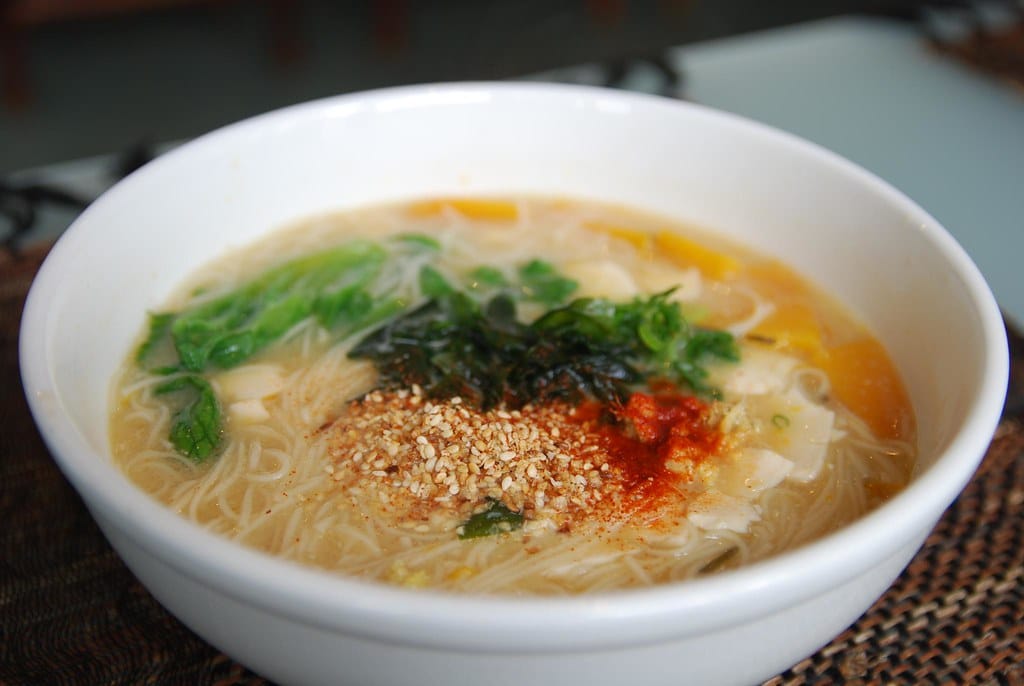
Wheat flour is the primary ingredient of somen noodles. Somen is a thin pasta that resembles angel hair pasta.
Because of their light, delicate texture, these white noodles are best used in cold dishes.
After boiling, place them in a bowl of ice water and serve with cooled ginger and soy sauce dipping sauce.
As earlier said, Somen is a type of wheat flour noodle that is very long and thin. It is formed by stretching the dough rather than cutting it.
Also, They’re frequently served with Japanese dipping sauces or hot and cold Korean soups.
12. Mixian
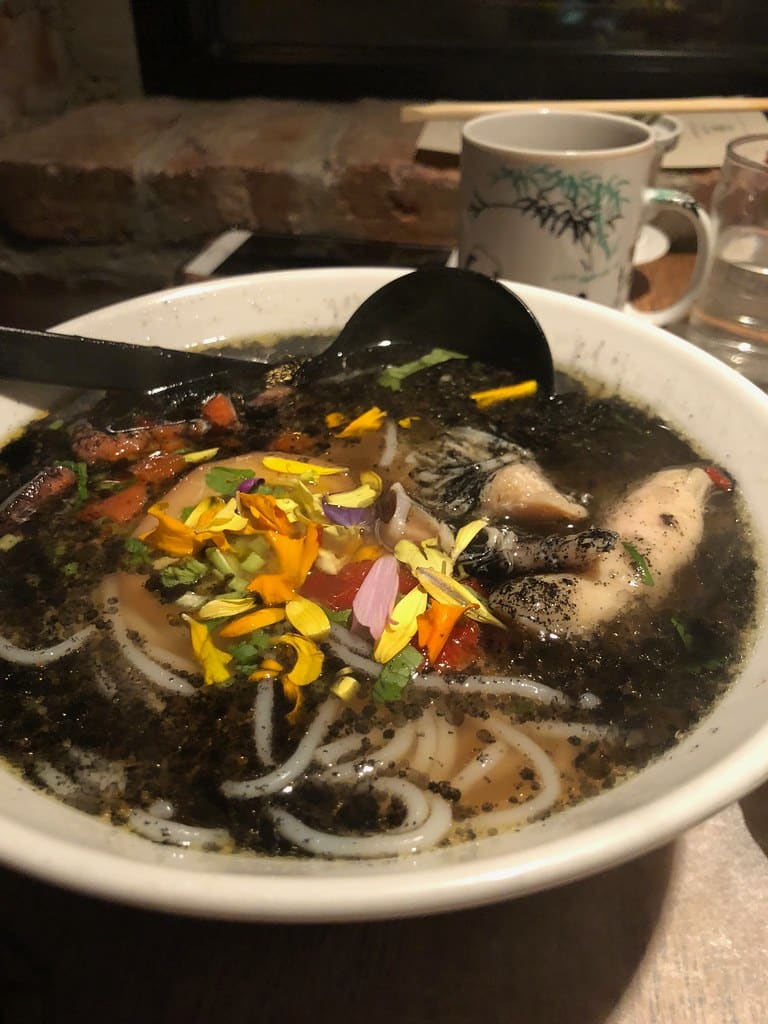
Mixian is flat rice noodles prevalent in Chinese cuisine, similar to shahe fen.
They’re broader and chewier than shahe fen and can be stir-fried or boiled.
Also, they’re manufactured using a fermentation technique in Yunnan province, where they originated.
13. Shahe Fen
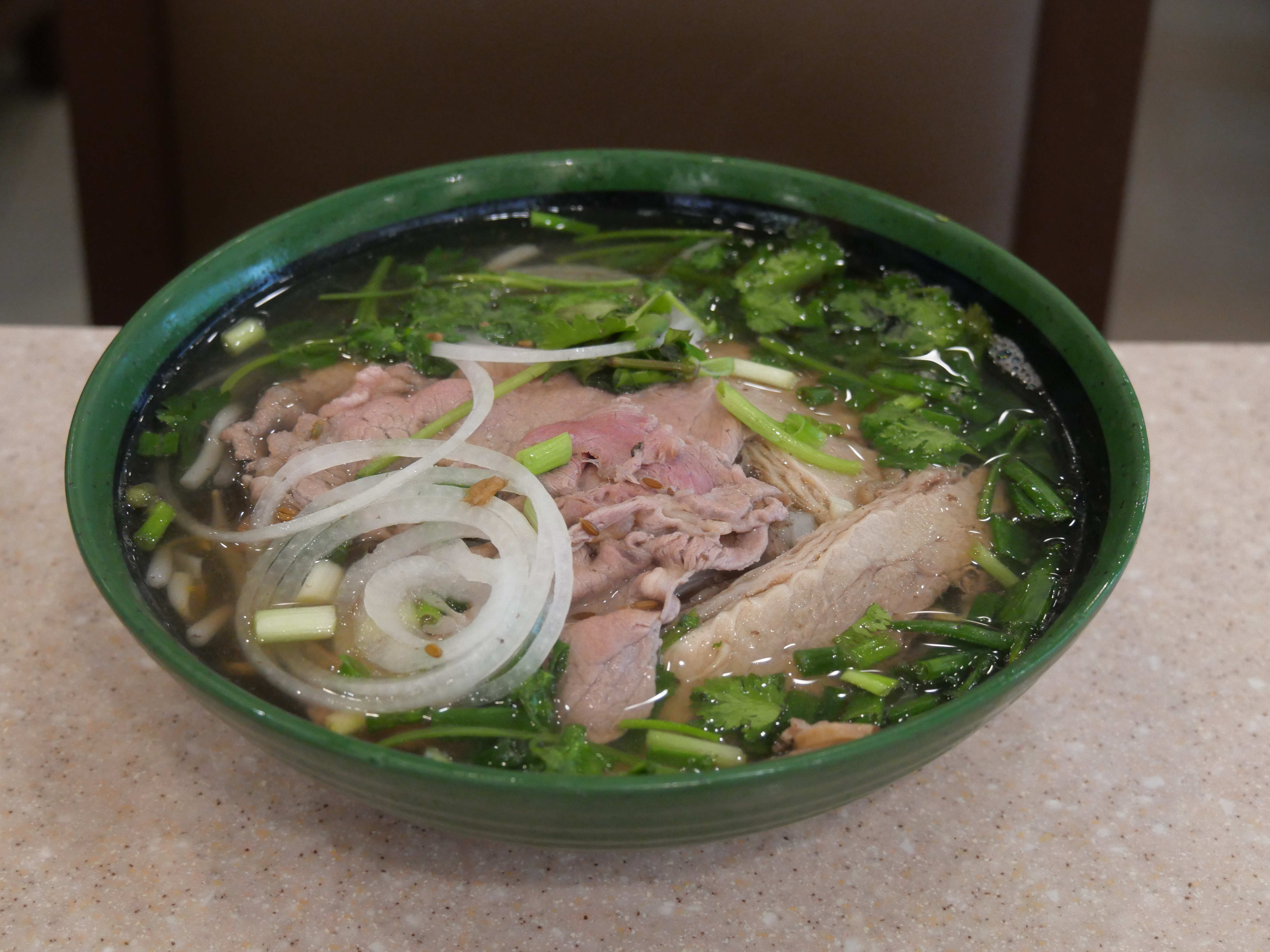
These flat, slightly wide rice noodles, also known as chow fun, are commonly used in Cantonese cuisine and have a silky, soft texture.
They’re frequently stir-fried and accompanied by rich, savory soy sauces.
14. Kanom Jeen
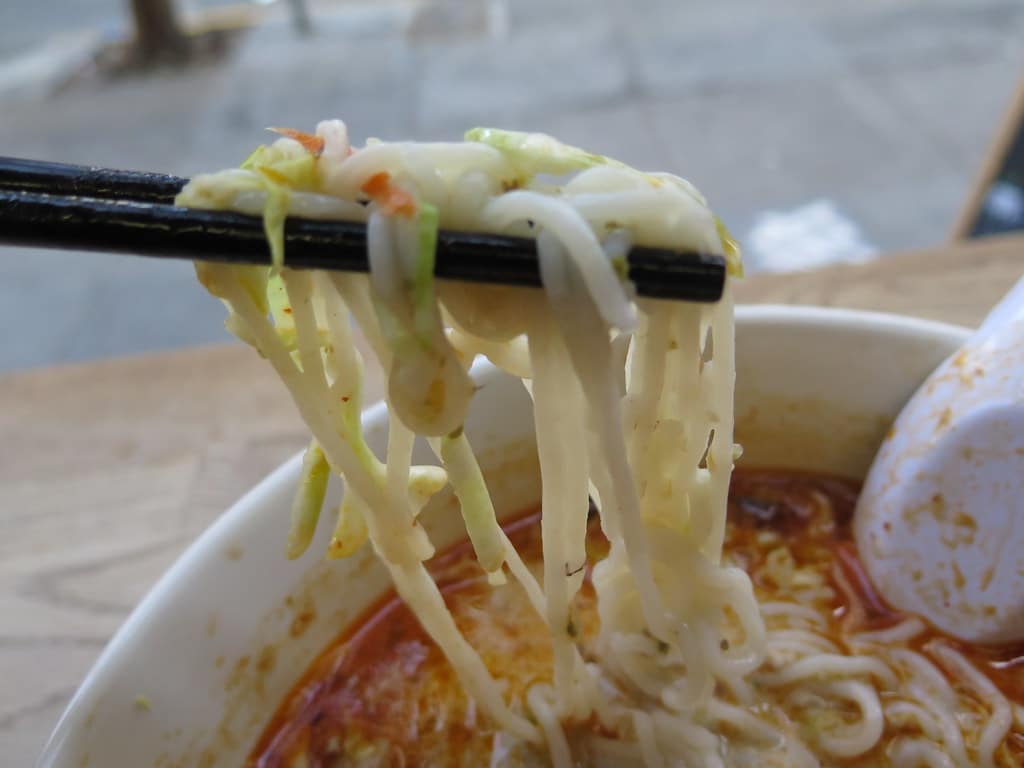
In Thailand, kanom jeen is a portion of popular street food and roadside meal.
The white rice noodles from the Mon people of Southeast Asia are fermented overnight with water and yeast, giving them a slightly sour flavor.
They’re served cold with various kanom jeen spicy curries on top, ranging in spiciness.
Nam ya, a traditional Asian curry, is an excellent accompaniment to these noodles. This is a coconut milk-based fish curry with ginger, lemongrass, and garlic.
Also, A typical kanom jeen meal is a lighter, sweeter curry with fish balls and nam prik, coconut milk, and a sweet chili pasta dish with shrimp.
Furthermore, Adding extra elements essential to the kanom jeen experience is a part of the kanom jeen experience.
You can add beansprouts, pickled vegetables, long beans, herbs, and chopped-up cabbage after the hot curry has been spooned onto the noodles.
You can also include stink beans, often known as bitter beans, which come in long, vivid green pods and are high in nutrients.
The noodles’ flavor cuts through the other spices, and the soft, silky texture contrasts nicely with the crunchy ingredients.
It’s a perfect alternative to the famous Thai green curry with rice, a popular meal in Thailand. In addition, this is one of the different types of Asian noodles.
15. Luosifen Noodles
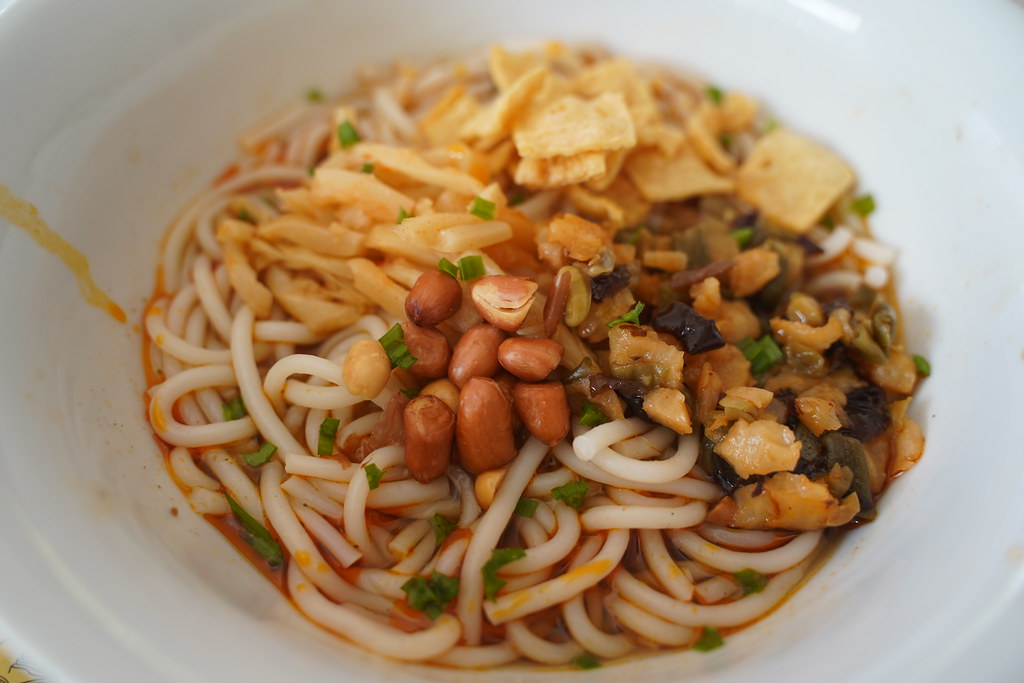
Luosifen River snail rice noodles are one of the oldest and most popular noodles in China.
Due to their pungent odor, they are a specialty of China’s Liuzhou Province and are known as the durian of noodles.
The strong odor originates from fermenting bamboo shoots, which give the soup noodles a sour aroma and flavor.
While there are no actual snails in the soup, they are utilized to prepare the broth, which adds to the peculiar taste of luosifen.
A South China Morning Post article reported a Beijing Evening News report about a person in Italy phoning the authorities about a potential bioweapon after a neighboring Chinese student unknowingly cooked gluosifen.
16. Hokkien Noodles
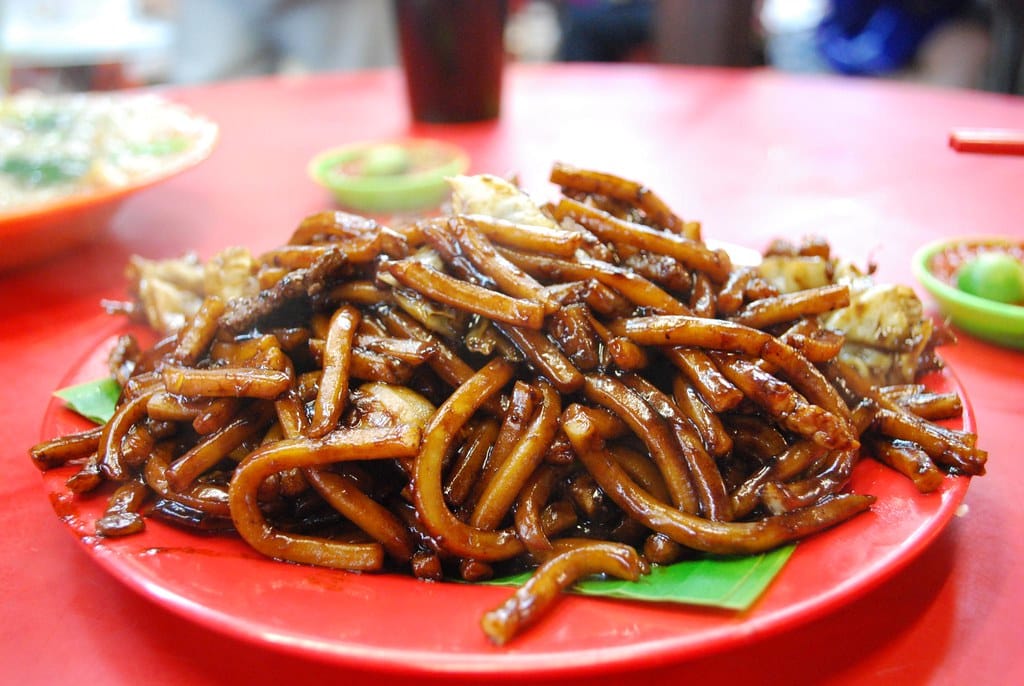
This is one of the most popular types of noodles in Singapore and Malaysia. These thick, golden noodles have a chewy texture similar to udon noodles.
They’re frequently served in soups with vegetables, meats, or a combination. In Malaysia, “Hokkien mee” is filled with thin yellow noodles that have been stir-fried till soft.
17. Ho Fun
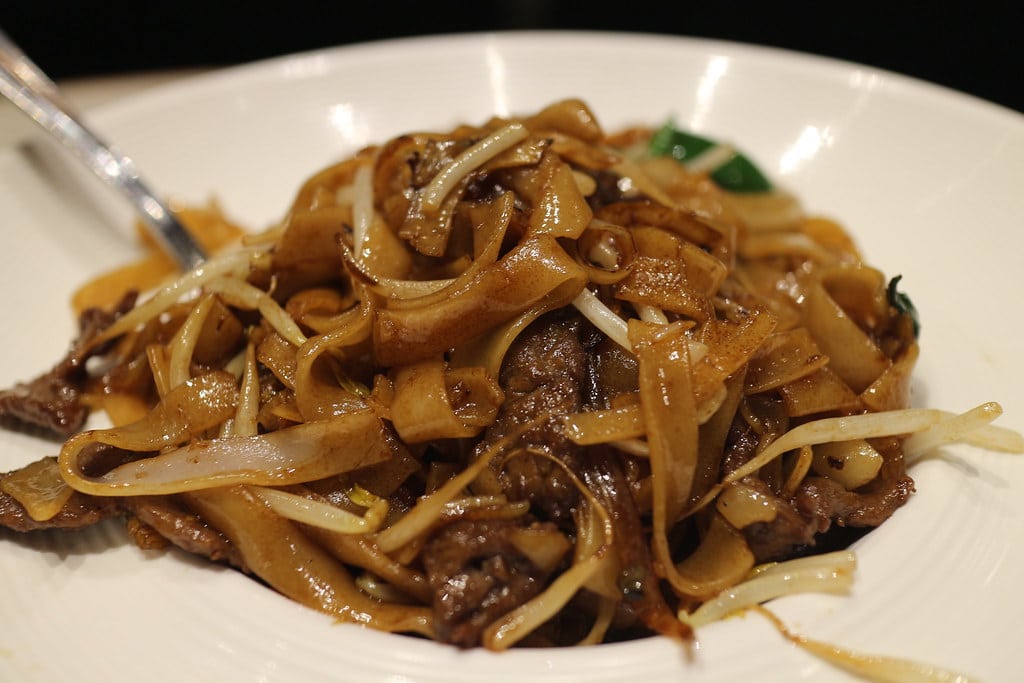
Ho fun is a Chinese-cooked flat noodle made with rice flour and water.
It’s similar to wheat flour-based Cantonese Chow fun. Ho fun can be made in two ways: fresh ho fun and dried ho fun.
The difference between the two is the time it takes to prepare them. New ho fun is consumed immediately after preparation.
However, dried ho fun must be designed before any meal.
Although fresh ho fun is thinner and more durable than dried ho fun, both can be found at any Asian grocery.
18. Pad Thai Noodles
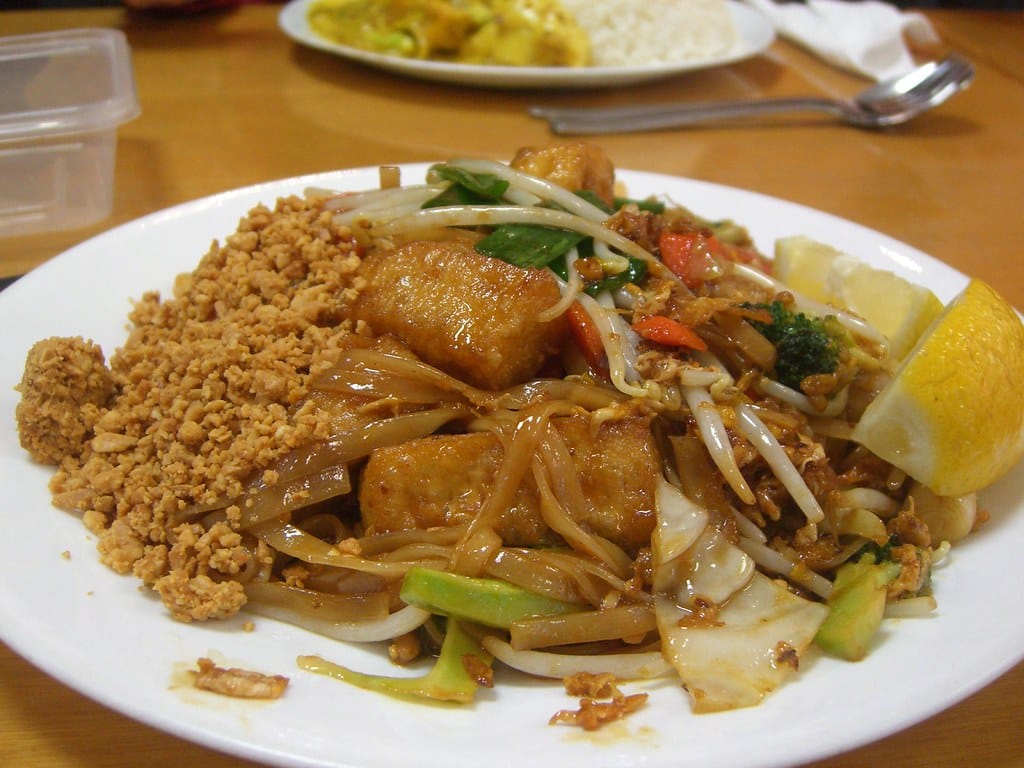
Thai cuisine is known for its Pad Thai noodles, which are made from boiled rice flour sliced into strings.
It has a chewy texture; you can see it in stir-fries and other meals. The noodles are commonly topped with chopped veggies and tofu and served alone as a side dish. You can also find it in curries like Pad Thai.
19. Wonton Noodles
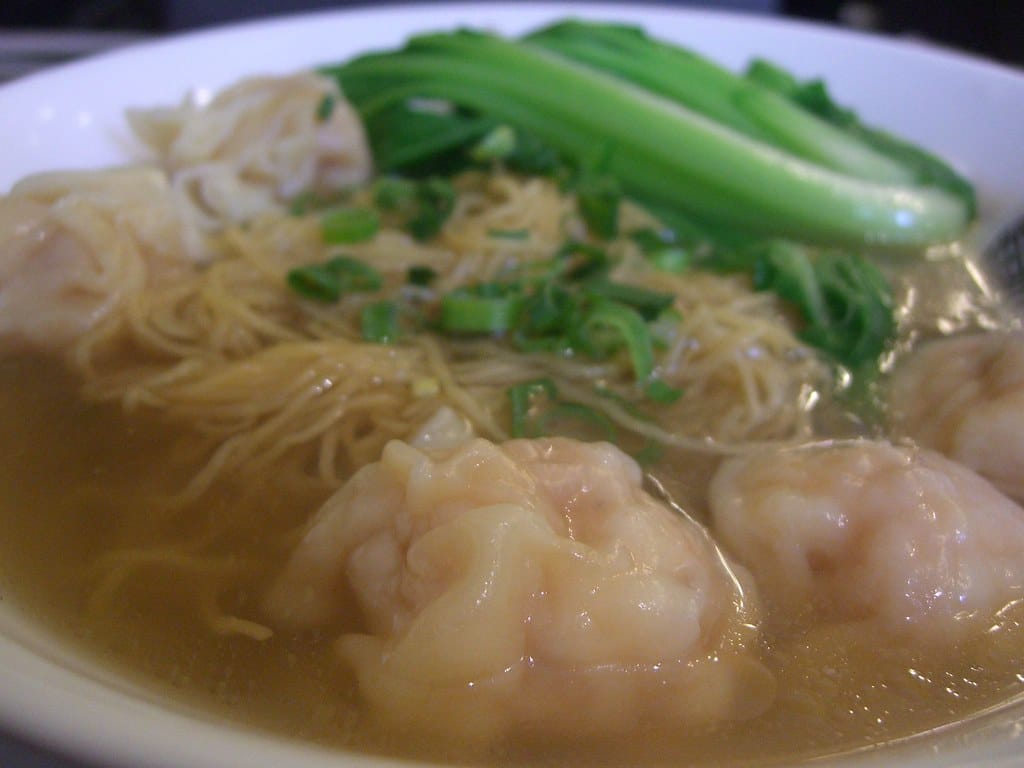
This meal is a must-try for anyone who enjoys wontons. It’s made with egg noodles and mainly wheat and filled with ground pork or shellfish.
After that, the wontons are dipped in a light sauce and served as a side dish with veggies or seafood.
Chinese restaurants sell these wontons, although the clear ones are much simpler to get by than the full ones.






